Hoi An: A Magic Getaway
Vietnam. As far as holiday destinations, it’s an occasionally overlooked pick. While many Tokyoites head to Thailand or Indonesia to play in the sand, Hoi An remains a quiet choice, which also makes it a decidedly affordable one. Local craftworks and charming Viet-colonial architecture make Hoi An a worthwhile two- or three-day stop on any Vietnam tour. But Hoi An is more than trinket stalls and quaint doorways. There’s an indescribable energy seldom found elsewhere, that sticks to you and carries you to places and people you might not otherwise experience. It is, hands down, my new favorite spot in Asia. Here’s why.
The sport of choice in Hoi An is, without question, shopping. The technicolor storefronts are a pleasant, if slightly overwhelming assault on the senses. Countless tailors, silversmiths, ceramicists, silk dealers, and artists line the ocher alleyways. Being something of a minimalist, most of the goods are pretty easy for me to pass up, but one place I made a point of supporting was the fair trade shop Reaching Out.
Reaching Out was started 12 years ago by a Hoi An couple as a space for disabled artisans to work and sell their goods for fair market value. The front building is a two-floor store filled with tableware, linens, art, jewelry, coffees and teas—all locally made, high quality, and great prices. The workshop is located in the back building, where you can get a peek at the handcrafting in real time. Reaching Out also has a tea house in Old Town, putting the collective employee-artisan base at over 60. All of the prices are fixed (which is lucky, since I’m a terrible bargainer), so I stocked up on teas and coffees, bought a super cute shopping bag, and saved my shoddy deal-making skills for the seamstresses at Central Market.
For the absolute best deals on food and tailoring, look no further, but be ready. I had no intention of going to Central Market for anything more than food, until a sweet little woman (who went by the name of “Seven”) sidled up to me while walking toward the spendier tailors on Le Loi Street. After a brief introduction, I followed her past the vegetable stands of Central Market and through the indoor fabric catacombs, where she took me to Thien Phuong Pham’s Cloth Shop 41 Tailors. Thien promptly fitted me for two copies of my favorite blouse (which I had brought in anticipation), which were altered into shirtdresses.
Tip: When it comes to bargaining, show no fear. Always wanted custom-cut silk pajamas? Your favorite vintage dress copied in a summer fabric? Ask for exactly what you want and bargain a little (they’ll upsell you hard). Personally, I don’t like bargaining too aggressively anytime someone is creating by hand, be it jewelry, art, or clothing. Hand work takes time, and while I want a good deal, I’m willing to pay a fair price. For two dresses Thien quoted me $70 (U.S.) and I ordered them at $50. I felt like 25 bucks for a custom-made dress in her best material was a deal, and she seemed happy about it too. I was thrilled with the final product, but asked for a couple of tiny alterations—which the shop happily turned around in less than a day.
Bargaining in Vietnam is pleasant-friendly assertive, not ruin-the-experience aggressive, and while Thien is a shrewd business person, she’s also a sweetheart. Trust me, if I can get a deal, anyone can, which left me a bigger budget for one of the best draws in Vietnam: the food.
Aside from the normally ubiquitous pho, the ultimate in Vietnamese fast food is Bahn Mi. To me, this baguette sandwich is synonymous with Vietnam and a personal addiction harkening back to my San Francisco days. Hotel varieties include niçoise, ham, or blue cheese and shrimp (about ¥400), and the street versions are traditional with pickled carrot, herbs, and either pate, ham, or chicken (under ¥100).
But the local specialty in Hoi An is Cao Lau: thick yellow noodles with hoisin-roasted pork, mint, cilantro, fried croutons, and fresh greens. It’s less broth-based than pho and found in every restaurant and street stall in town for roughly ¥250. A delicious, hearty bowl of yum, found only in Hoi An. Speaking of pho, I ate none the entire trip because it’s almost no where to be found in Hoi An—though very different dishes, Cau Lao is Hoi An’s version of pho.
During the day I grazed on street food, so by the time the night rolled around I was ready for a proper meal. My favorite spot across the bridge from the hotel is celebrity chef Duc Tran’s Mango Mango. A busy spot, upscale but still inexpensive (a splash-out dinner is still under ¥2,000 per person). My favorites include the Miss Mango Salad and the most delicate, crispy tuna spring rolls I’ve ever tasted; a must-try.
Tip: Ask to sit on the second floor balcony for a stellar view of the busy merchants and vibrant nightlife. With the floating lanterns and bustling crowds, it’s pure magic: the perfect photo opp and evening conversation starter.
I skipped the tourist scene at the popular Cua Dai beach and went a few kilometers down to An Bang. Fewer merchants and pristine pale sands seemed to attract a slightly more upscale beachgoer (think cool French couples versus screeching partygoers). I spent two days enjoying the beachfront restaurants and have officially declared the South China Sea the best body of water ever. Warm, clean, with a soft sandy bottom. Getting bitten by a crab didn’t even spoil the moment.
If it’s a spa you’re looking for, look no further than Palmarosa on Ba Trieu Street. As soon as I saw it, I knew this would be a vastly different experience from the myriad of cheap and cheerful mani-massage “spas” that pack the streets. Fresh herbs growing outside and the zen storefront told me right away that this would be a true spa experience without the luxe pricetag. I sat with my lemongrass tea and waited for my Asian signature massage (about ¥1,800 for 65 minutes). The massage therapists are all trained by a Western physiotherapist and professional boxer, which means true bodywork, influenced by both Asian and Western techniques.
Tip: Reserve your treatment at least day in advance, as slots get snapped up quickly.
Hoi An’s Old Town specifically caters to tourists, which at first blush, worried me a bit. I’m not particularly interested in homogenized cultural tours or chain hotel humdrum. A Unesco World Heritage Site, Hoi An is just the right amount of “developed,” meaning a decent infrastructure with nary a multinational corporate logo in sight. That said, there’s a wide range of accommodations, from budget homestays (guesthouses) to high-end hotels. I spent seven nights at the Thanh Binh Riverside, a four-star hotel just on the edge of Old Town. At less than ¥5,000 a night, I had a modern, garden-view suite with a crisp, white, king-sized bed and a bathtub big enough to throw a party in. The hotel’s spa was being remodeled, but niceties like daily breakfast, poolside lounge beds and top-notch concierge recommendations made for a polished but authentic home base.
Hoi An has plenty to offer visitors, but its real magic is in its people. Warm, chatty and somewhat English-speaking, Hoi An locals are more than happy to help you if you get turned around or are looking for something specific. Vietnam is lauded as one of the safest countries in Asia, which makes it a perfect choice for solo female travelers. There are few expats in Hoi An, but the conviviality is wonderfully contagious—fellow travelers constantly invited me to join them for dinner and antics. My last couple of days, I connected with a couple of dashing American nomads who were so friendly and fun they became my instant travel family. A town of warmth and creativity, Hoi An patiently waits to embrace you, and leaves you wanting to come back for more.
The Deets
Getting there: Beginning in July of this year, Vietnam Airlines now has four direct flights a week from Narita to DaNang Airport. Korean Air and Cathay Pacific also fly out of Haneda with connections in Hong Kong and Hanoi.
Visas: All foreign citizens require a tourist visa for visiting Vietnam. Check with your country’s embassy for details. Also check out Vietnam eVisa to order a visa on arrival.

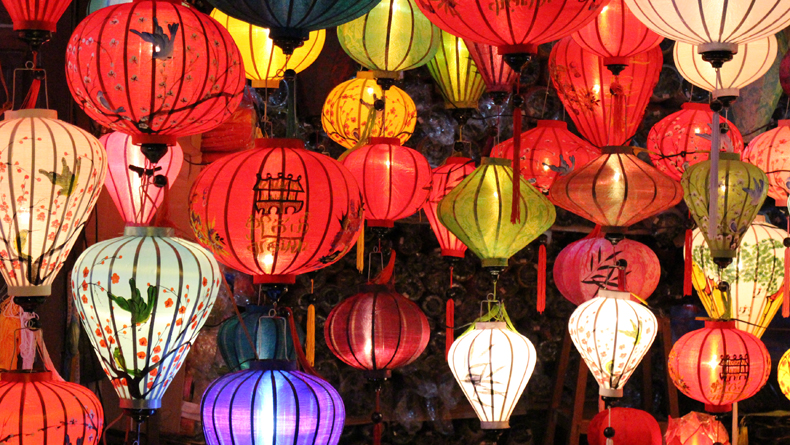
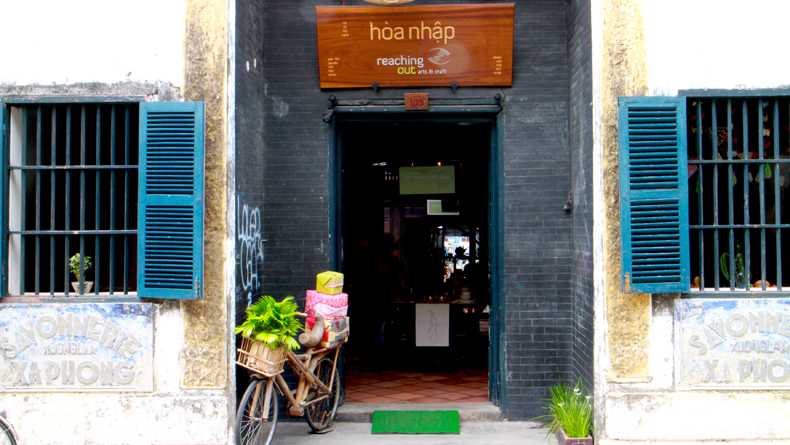
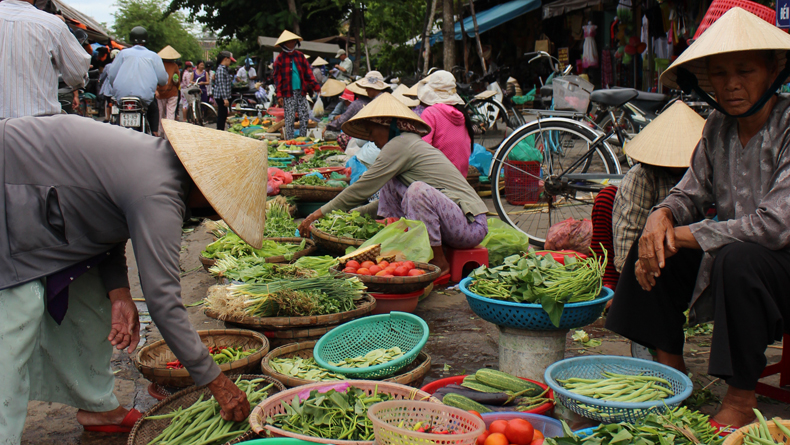
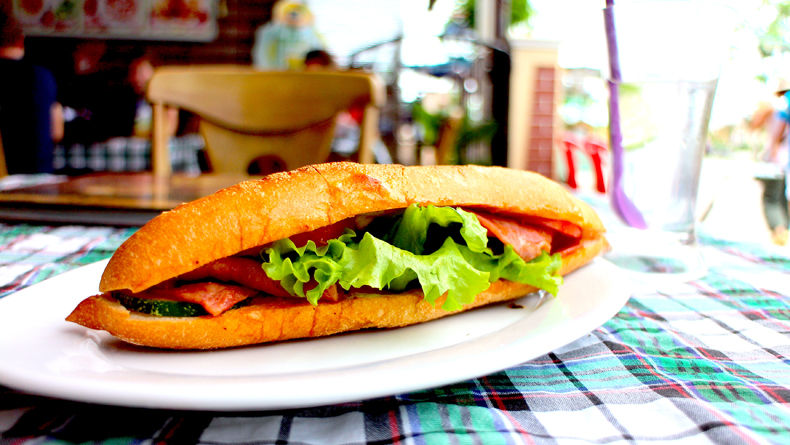
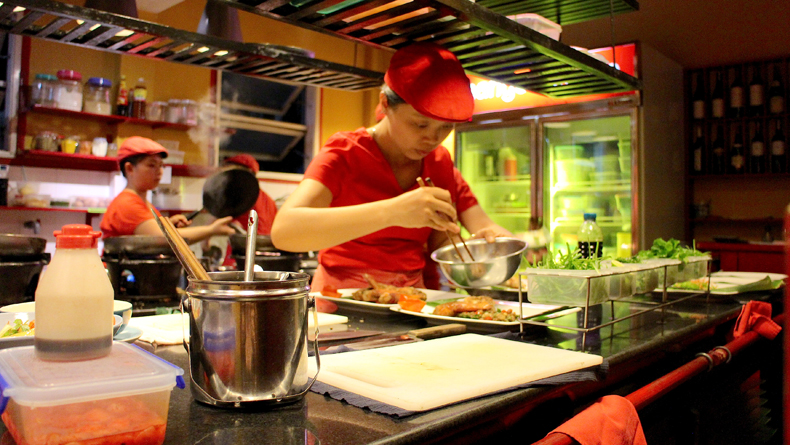
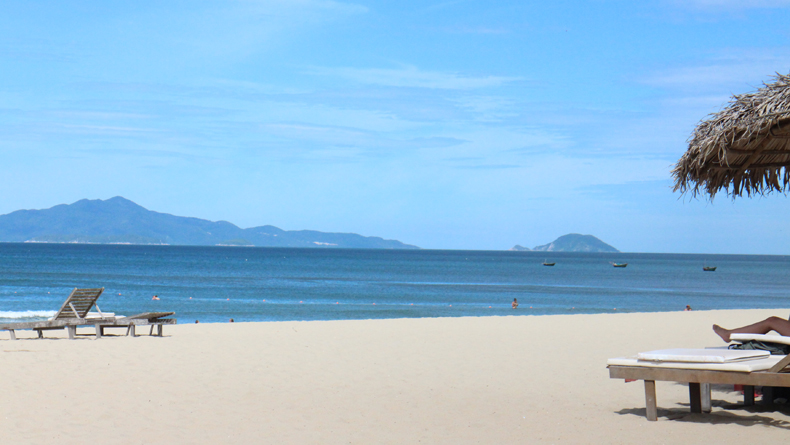
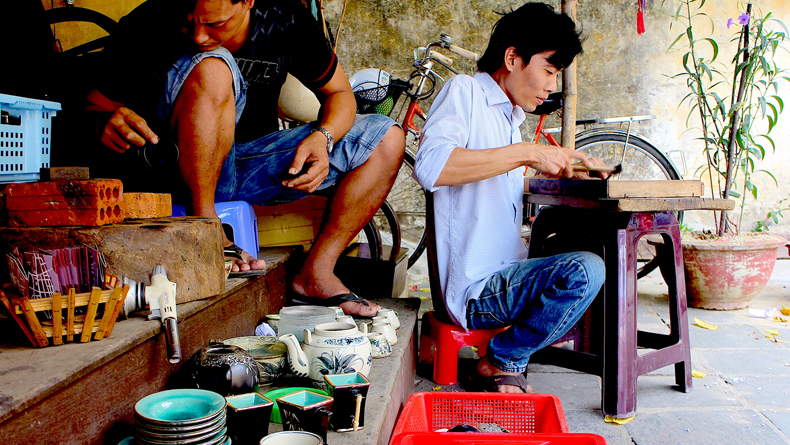
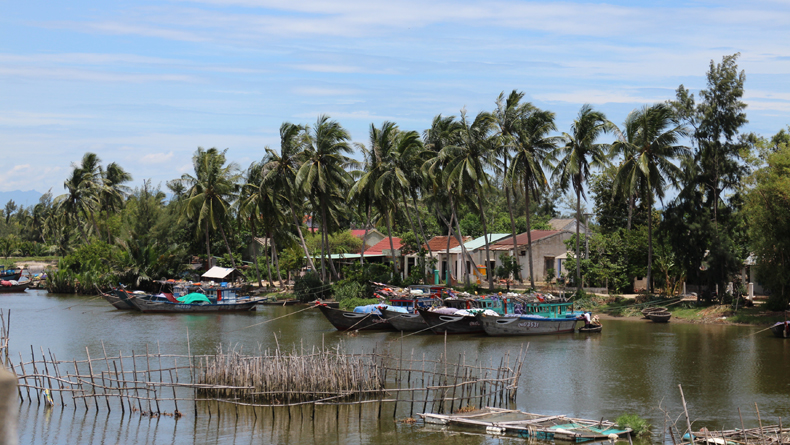










Leave a Reply